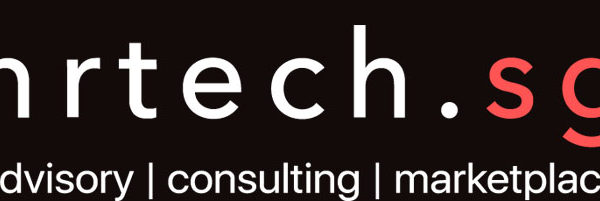Post-pandemic scenarios pose governments a conundrum: we seem to be on the threshold of a "new normal"; but what values lie there and what bridges do we build to take us to a better contract with ourselves, within communities, and with government?
Despite the looming possibility of an economic downturn and increased unemployment, “business as usual” should not take precedence in these tumultuous times. Seeing as such practices have been rapidly overturned by the pandemic, they will surely flounder now as supporting social and economic structures continue to shift.
I postulate that key industries will have to reinvent their businesses completely to stay relevant. These are likely to be those directly affect by the fall in global consumption. However, a second wave of consolidation for other sectors will likely happen as belts tighten prior to restructuring.
It can be expected that many people will be displaced from their jobs. However, the race to recuperate should not be simply a rush to fill seats with readily available bodies while fencing off all foreign talents. Rather, it should focus on rebalancing talent both abroad and stateside to shore up gaps in skill sets, innovation, and thought leadership thus creating an environment to facilitate cross-pollination and co-creation.
The question stands as such: How do we reboot?
This is how I would tackle it.
People-centrism
Nothing can move when people feel stuck in fight-or-flight mode regardless of how low or normalised it may seem. As we have witnessed during this period, the stresses of employment, maintaining home relations, and the shifting world at large is suddenly writ large in daily routines, life changes, and community and governance. In the wake of the pandemic lockdowns came the call for attention to collateral damage that took a toll on mental wellbeing and social relationships in addition to economic impact. We can call these our collective resilience, relationships, and relevance—one that will reverberate through all sectors of economy and all levels of employment and organisation.
Rather than rush out employment opportunities and short-term financial aid, we should take this opportunity to study the gaps that have risen in the shifting grounds. Fixating on immediate problem-solving can lead to ignoring the priorities of the people as different people need to be empowered in different ways.
Being people-centric provides the means for a scaled approach to all that need support and to build the growth mindset required for a reconstructed career. By taking a focus on empowering employees through facilitating high quality leader-member relationships and increasing schedule flexibility, organizations will be able to increase service performance1. Implementing transformational leadership practices will also promote employee empowerment and lead to greater job satisfaction among employees2.
Comprehensive career support
Proper career guidance and the availability of career analytics (for example, job role requirements, transferable skills, job fit analyses, etc.) are potential keys to reinvigorating a displaced workforce. When one or the other is inadequate or inaccurate, we risk restructuring our organisations into further obsolescence.
With a large number of people in our population facing an uncertain future, implementation of a career guidance and competence assessment is due process to help them see where they stand in the future. More importantly, the process offers them a perspective into the future of work, and empowers them to carve out their own path. This will bode well for the overall economic health of the organization and the country as research has shown that properly implemented career guidance programs have the potential to reduce unemployment, increase labour market participation, enhance the overall skill base of the population, and give rise to a more resilient labour market3. On a macro level, this can also potentially lead to a reduction in economic deficit, an increase in nationwide productivity, as well as bolster further economic growth3.
"Building an ecosystem that allows everyone to hawk a skill, present a unique talent or share research fosters the development of a knowledge economy that breeds creativity and innovation."
As these questions of deep competence start to assert themselves, I argue that the “rank and file” that form the bulk of the workforce would start to improve themselves with greater access to knowledge but will also augment and enrich the conversation around these competencies by highlighting the relevance of non-accredited skillsets they think the labour market would require.
Building an ecosystem that allows everyone to hawk a skill, present a unique talent or share research fosters the development of a knowledge economy that breeds creativity and innovation. The tipping point to large-scale success may be to provide information about such an ecosystem to everyone at all levels of society.
Purpose matching vs. job placement
When we can uncover information about an individual’s aspirations and goals, we can show them data and analytics to upgrade themselves faster and even put them in teams with winning mentalities. Thereby helping them to get where they want to be sooner. As an end goal, we might create a collaborative culture beyond barriers leading to a new-found resilience and creating a better social contract for all where social equity is at the heart of it.
Wouldn’t that be grand?
- Kim, P. B., Lee, G., & Jang, J. (2017). Employee empowerment and its contextual determinants and outcome for service workers: A cross-national study. Management Decision, 55(5), 1022-1041. doi: 1108/MD-02-2016-0089.
- Choi, S.L., Goh, C.F., Adam, M.B.H., & Tan, O. K. (2016). Transformational leadership, empowerment, and job satisfaction: The mediating role of employee empowerment. Human Resources for Health, 14, 73. doi: 10.1186/s12960-016-0171-2.
- Hooley, T. & Dodd, V. (2015). The economic benefits of career guidance. Careers England.



